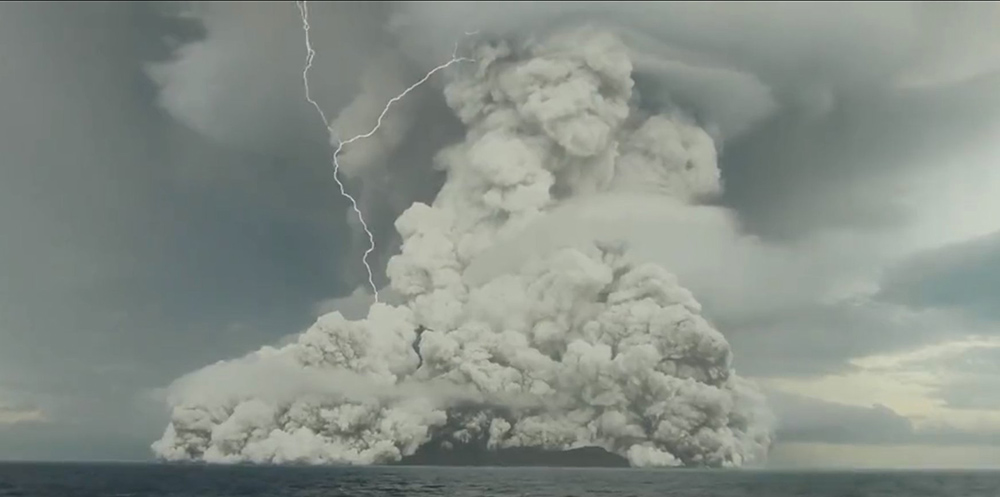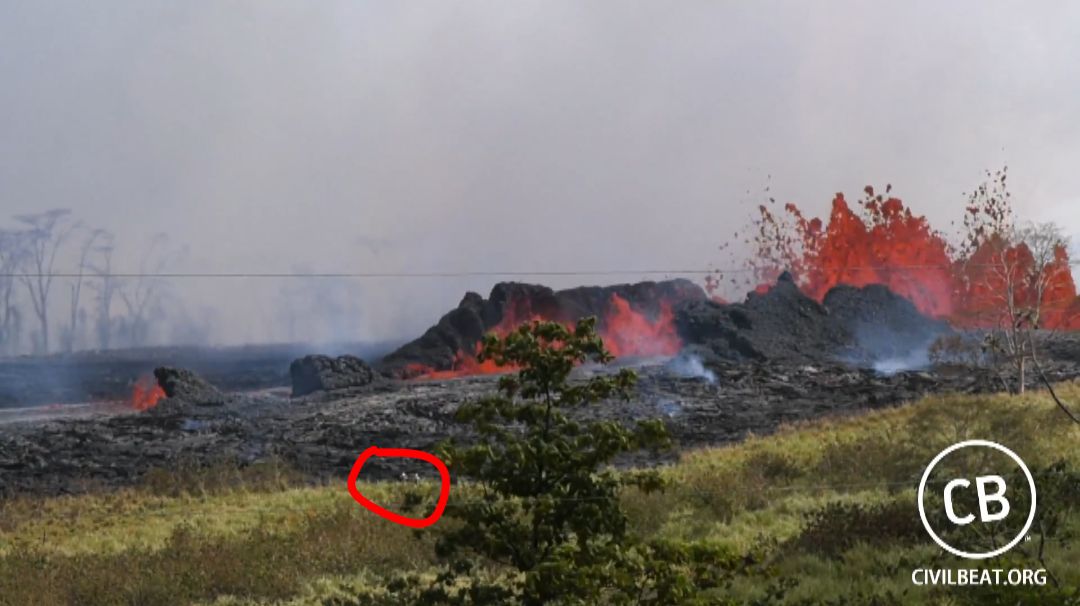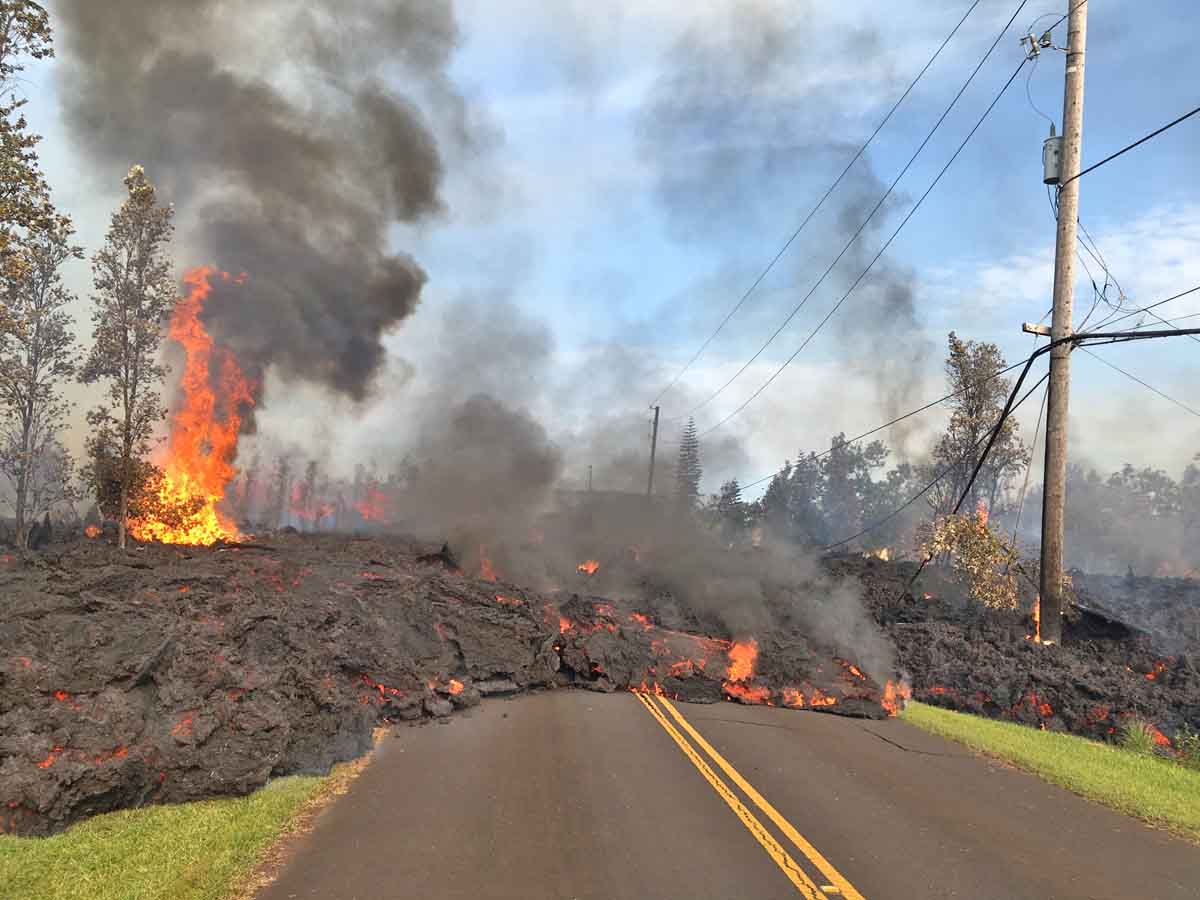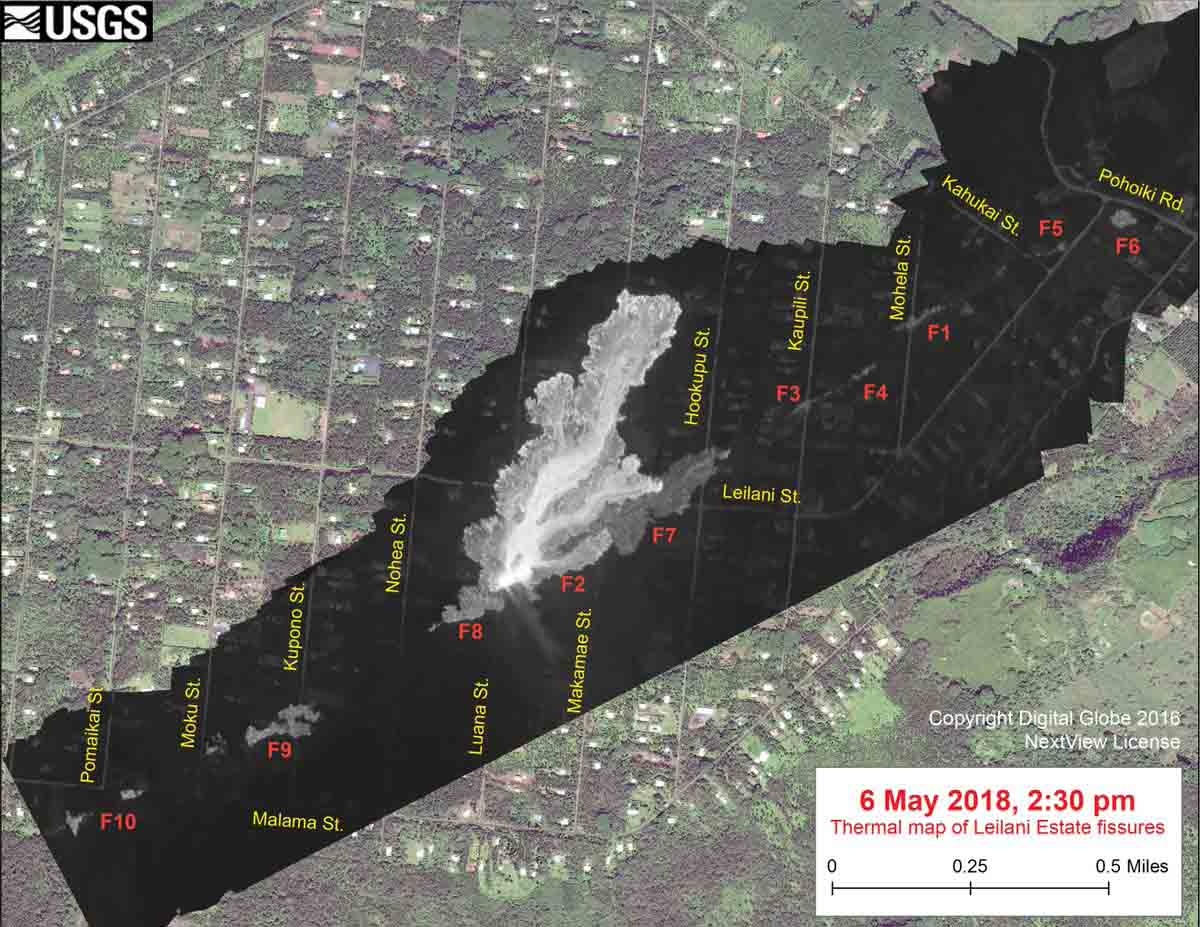
The massive underwater Hunga Tonga volcano that erupted near Tonga in the South Pacific on January 14 triggered almost 7 hours of lightning as well as a tsunami. A ground-based lightning detection system recorded nearly 400,000 strikes with 200,000 occurring in a one-hour period. For comparison, a severe lightning bust in northern California might have hundreds or a few thousand strikes. The ash cloud reached at least 60,000 feet with some reports saying the initial plume reached 100,000 feet, three times the altitude of commercial airliners.
This is the most incredible #lightning loop that I have ever put together. #HongaTongaHungaHaapai #HungaTonga #Volcano eruption today with nearly 400k lightning events in just a few hours! pic.twitter.com/xqW70NLeVd
— Chris Vagasky (@COweatherman) January 15, 2022
Below is a video showing part of the eruption recorded by Potungaue Koloa Fakaenatula / Servicio Geológico de #Tonga. A lightning strike or two can be seen at 29 seconds. Most of the lightning was probably inside the ash plume or higher in the column.
#Tonga ???
Entre vapor de agua, rayos y flujos piroclásticos, esta fue la pesadilla que se vivió en las cercanías del volcán #HungaTongaHungaHaapai después de su gigantesca erupción de ayer. pic.twitter.com/fvRuOYM1YY
— Alejandro S. Méndez ⚒️ (@asalmendez) January 14, 2022
The nearby island of Tonga was heavily affected by a four-foot tsunami followed by deposits of ash, which at least temporarily contaminated water supplies and shut off most utilities. A C-130 from New Zealand was scheduled to drop supplies by parachute.
The volcano is part of the highly active Tonga–Kermadec Islands volcanic arc, a subduction zone extending from New Zealand north-northeast to Fiji.







